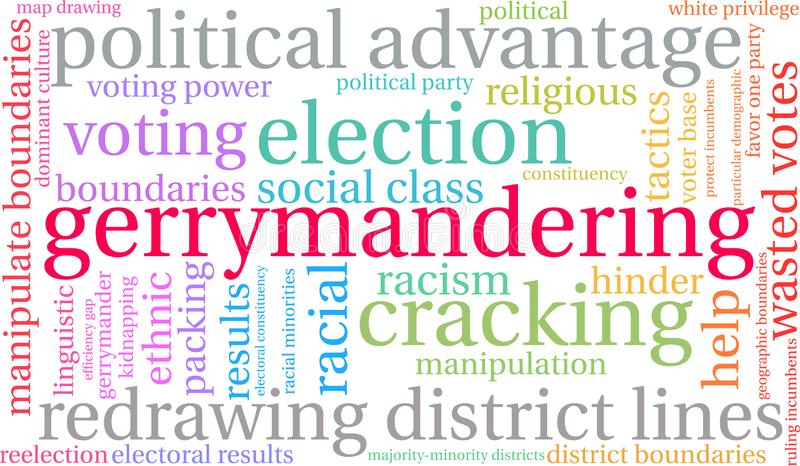Gerrymandering
The term "gerrymandering" may not be widely used, but it has certainly been used frequently recently. It refers to the political practice of redrawing district lines to favor one group unfairly over another, typically a political party. It is named after Elbridge Gerry, a founding father and former Vice President of the United States, who successfully employed this dubious strategy in 1812. He redrew the district lines in order to give the Democrat-Republicans an advantage over the Federalist Party in the Massachusetts state elections. As a result, three Democrat-Republicans were elected in a county where the Federalists had previously held all five seats.
Although historians continue to disagree over how involved Gerry was in the entire situation, it was nonetheless a successful approach. There was no denying that the technique had its fair number of detractors, which was understandable. First of all, Long, slender, and irregular districts were produced when the county map was redrew. The resulting districts appeared to form some sort of mythological, salamander-like monster in a newspaper cartoon that was published at the time. They then combined the words "Gerry" and "salamander," and thus the word "gerrymander" was created.












